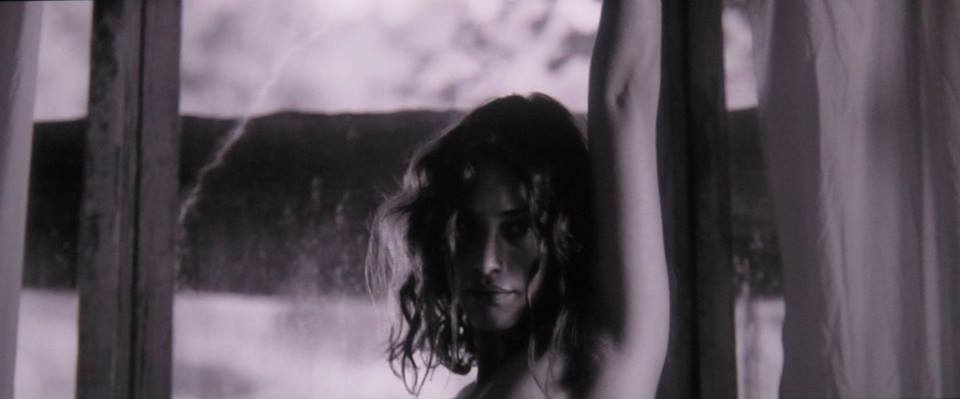Cinema is the art of the photographic image as it slips away, failing to establish itself, and is given over to the death of the present and the rebirth of the moment. The motion picture that is conscious of the beauty of its own image, and the desire to maintain it, as a photograph or a sculpture might, will naturally dwell upon its subjects, yet with a gorgeous futility. The change from frame to frame is unavoidable, indeed part of the texture of the cinema, whether it arises from the wind, or the breath of the human subject, or the movement of the hand that washes the foot, or some faint tremor of the camera. This is an aesthetic of insatiate desire, and Fernando Trueba’s THE ARTIST AND THE MODEL is its veritable model.
I want to own his film, to be able to freeze its black-and-white images on my DVR and gaze on them at will: on the shimmering silver of the French countryside, on the chiseled face of Jean Rochefort as the old sculptor, on the forms fallen into by Aida Folch as his Spanish model and the smooth indifference of her musculature. The primary actors, including Claudia Cardinale as the sculptor’s wife, are so true to their circumstances as to be the psychological equivalents of photographs: the surface detail of their performances is animated by an inner life that we can never know or experience, only guess at.
The flow of the film’s images has an inner world too, which is that of a deep history that is not, at first, spelled out exactly: we know that we are in southern France during the Second World War, that the model is fleeing or hiding in some way, with some secret connection to that war, that the old sculptor is a decent man but without a politics that we know. There are things wanted but not had and stories that may never be told. As Trueba’s images slip from the hands of our own desire, which is to retain them forever, what remains is their deep substance, history as the unspoken material of human relations, not just with each other but with the shapes and sounds of nature (there is no musical soundtrack), and between the image and the eye. When a historical detail or the fact of a personal story emerges amidst the imagery, the mood is broken a little, and I, at least, desired again the mysteries of who, and what, and where, and never mind why.
I am not sure that those moments constitute flaws in the film; they are perhaps essential to remind us that pure aesthetic appreciation can miss out on that clumsy thing that we call reality, be it armies on the move, the stirrings of lust, or our duty to the distressed among us. I should have been happy to swim for the whole of film in the elusive waters of its imagery, but probably I needed those disconcerting moments. THE ARTIST AND THE MODEL is in any case the most visually beautiful new movie I have seen this year, and for some time before.
Check listings for viewing options.
